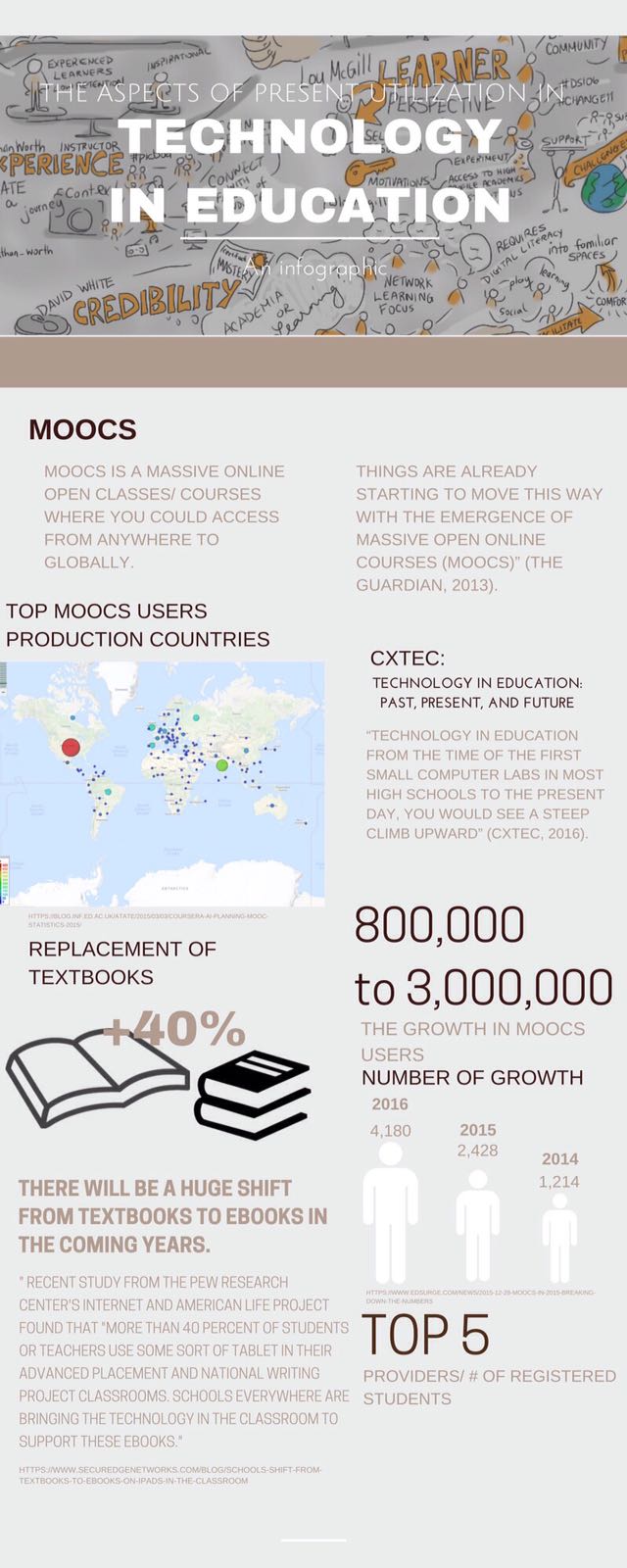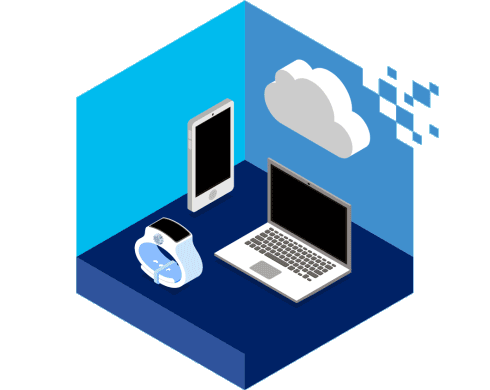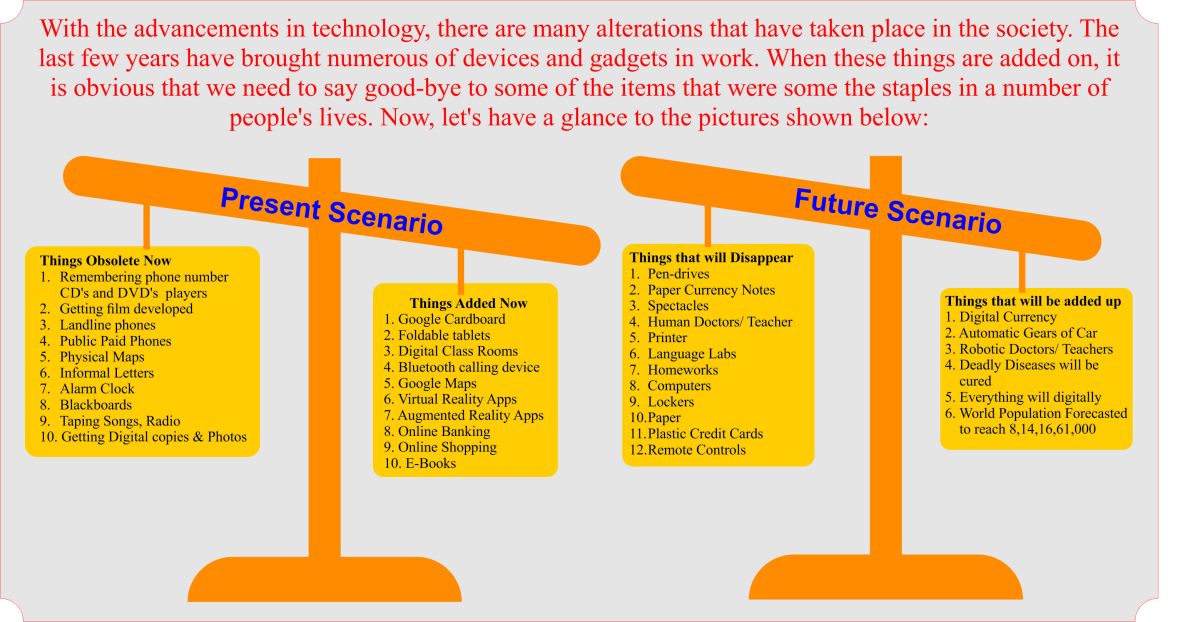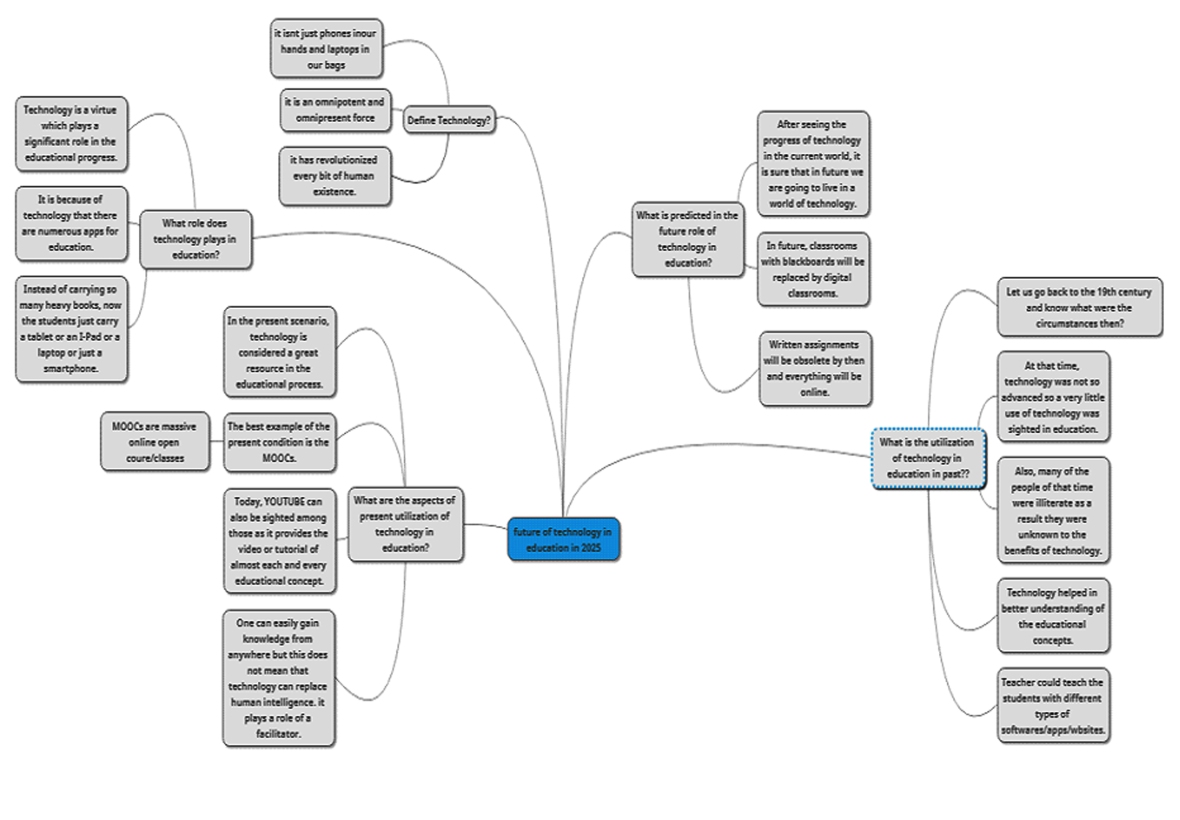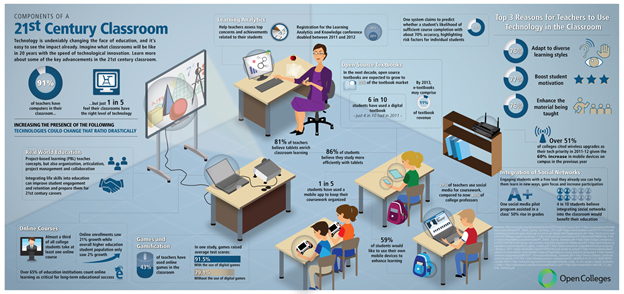The term ‘technology’ simply means anything that helps us in simplifying the tasks at hand. It is a magic wand for all of us. It has created marvels and has made our life most comfortable than ever before. Through my hand made art work, it is well-explained that it is because of technology that Man’s journey from Eden Garden to E-World became possible.

Artwork
This all is about technology but education too plays an important role in bringing happiness and prosperity in one’s life. Nelson Mandela has rightly said, “Education is the most powerful weapon that you can use to change the world”. Education provides a platform to a person. It is the only asset which can be used to fight against the inhuman activities like corruption, unemployment, eve-teasing, kidnapping, environmental practices etc.
Technology in Education is well understood by the PDF ‘Facilitating Learning’. “Educational Technology is the study and ethical practice of facilitating learning and improving performance by creating, using and managing appropriate technological processes and resources.” [Robinson, Molenda, Rezabek]. After knowing the accurate explanation of all the terms mentioned above, let us know the relation between the Technology and Education. Actually, technology and education complement each other. With the advent of technology in every sphere of our life, it holds a significant meaning in the field of education. It has altered the way of teaching, role of a teacher and what not.
Therefore, Role of Technology cannot be ignored in Education at all.
References
- Educational training definition(2016,March 18). Robinson, Rhonda; Molenda, Michael; Rezabek, Landra. “Facilitating Learning” (PDF). Association for Educational Communications and Technology.
Retrieved 02 August 2017, from http://www.aect.org/publications/EducationalTechnology/ER5861X_C002.pdf - Laptop Clipart #19390 © 2016 Clipartix.com. Retrieved 02 August, 2017 from http://clipartix.com/laptop-clipart-image-19390/
- Social cause and importance of education in society. Importance of Education Quote by Nelson Mandela. (2015, August 2). Retrieved 02 August, 2017 from famous quote http://manavbajaj1.blogspot.in/


 In order to understand the future of education in 2025 we need to understand the past and perhaps how to utilize in order to achieve maximum results. In traditional schools technology was introduced to increase efficiency and effectiveness. This increased knowledge and skills among students in a variety of ways. Integrating technology is more than just a tool in learning, when technology in a classroom updates, students become more engaging and develop their brains faster, thus becoming more self-controlled learners. I will be demonstrating examples through the history.
In order to understand the future of education in 2025 we need to understand the past and perhaps how to utilize in order to achieve maximum results. In traditional schools technology was introduced to increase efficiency and effectiveness. This increased knowledge and skills among students in a variety of ways. Integrating technology is more than just a tool in learning, when technology in a classroom updates, students become more engaging and develop their brains faster, thus becoming more self-controlled learners. I will be demonstrating examples through the history.